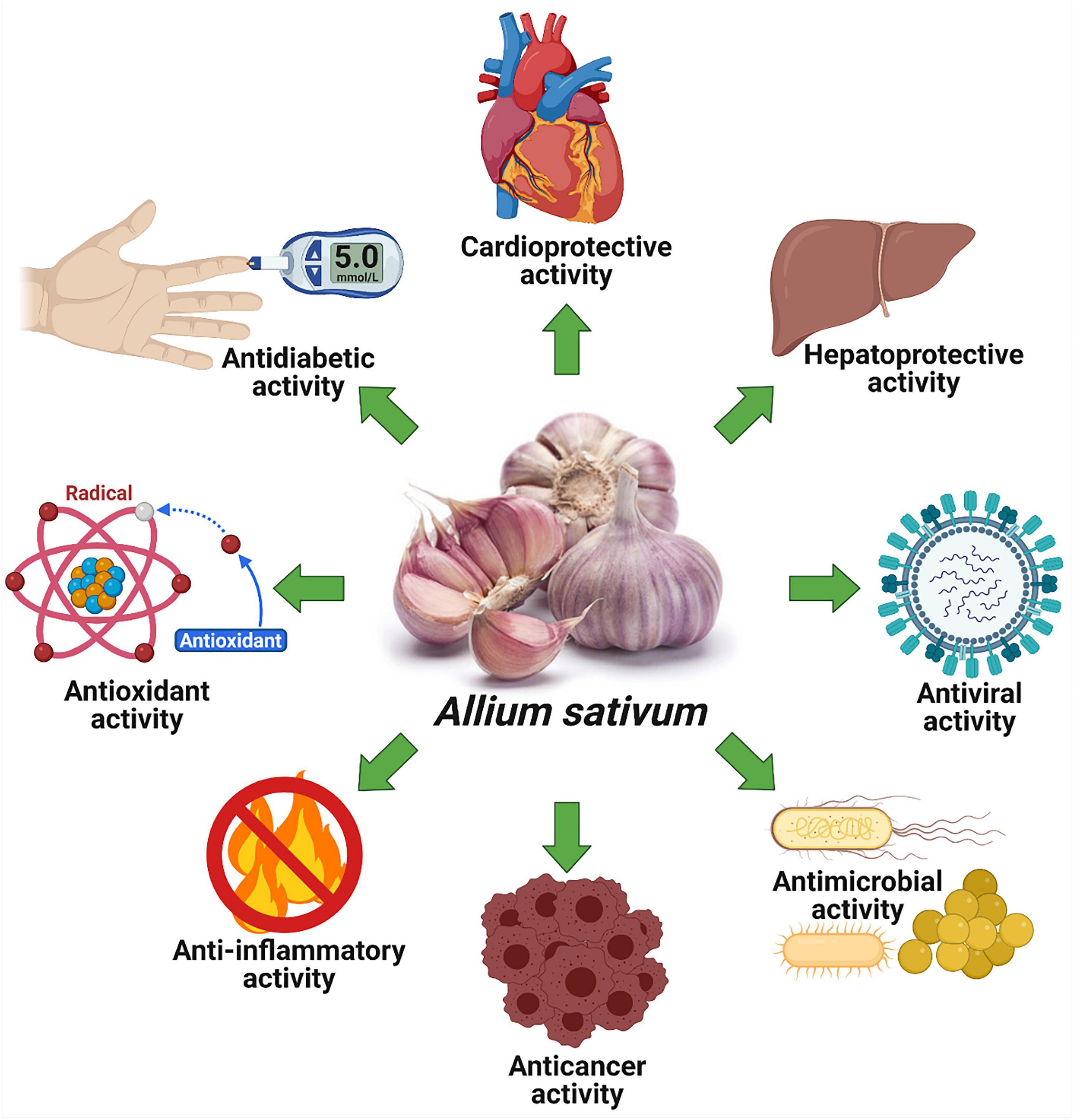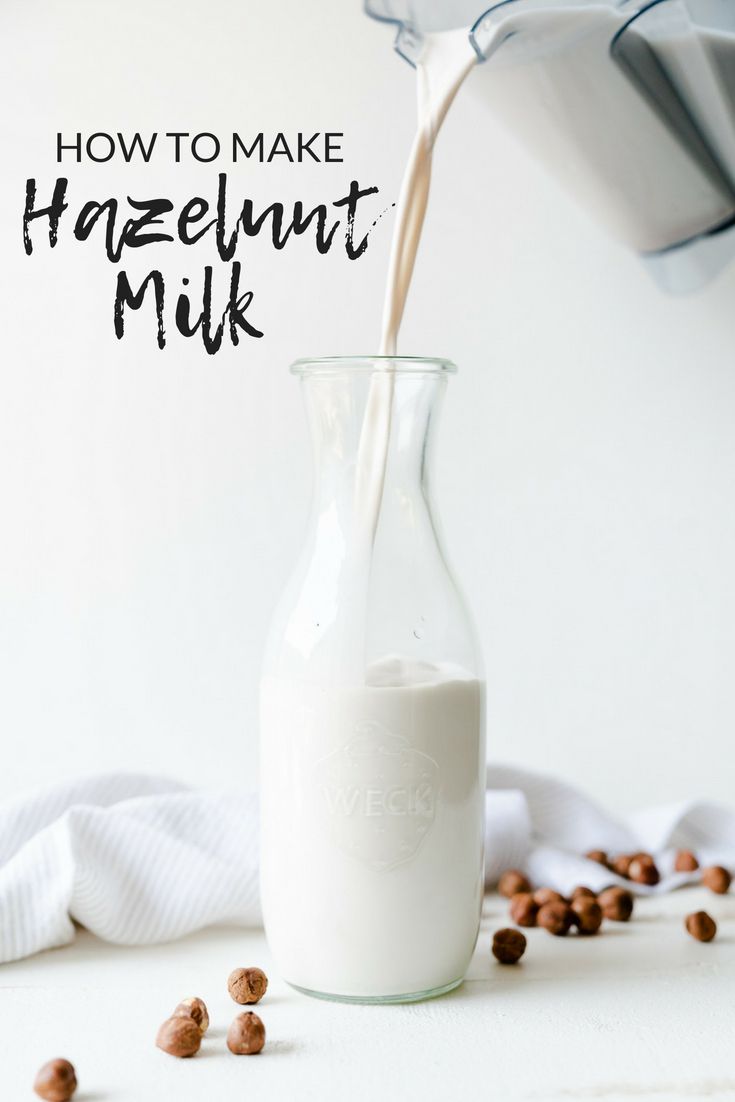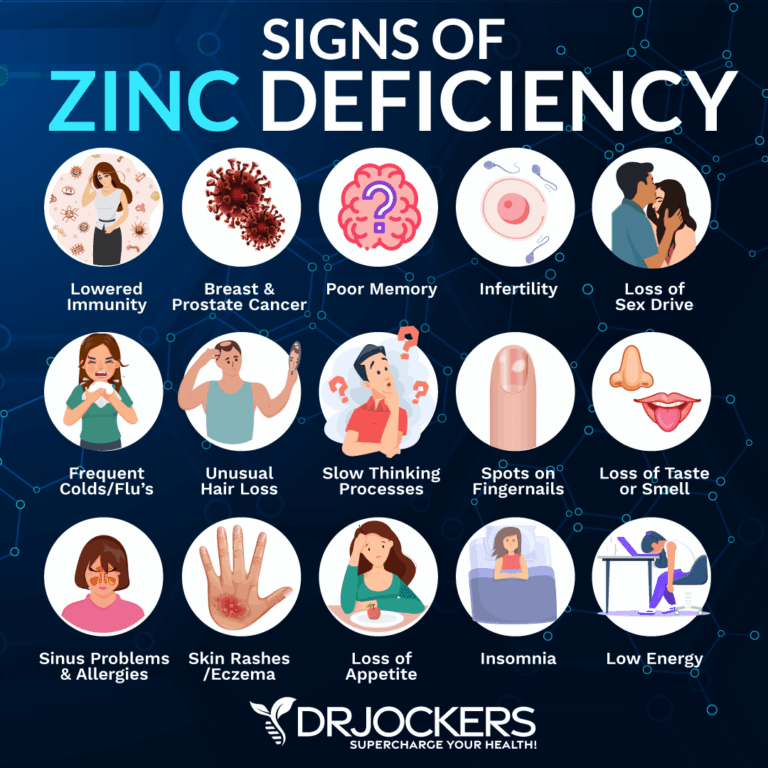The Humble Bulb, The Potent Panacea: Garlic’s Enduring Role in Modern Medicine
From the battlefields of ancient Rome to the cutting-edge laboratories of today, the unassuming garlic bulb (Allium sativum) has traversed millennia, evolving from a mystical ward against evil and a folk remedy to a subject of rigorous scientific scrutiny. Its pungent aroma, once a mere culinary signature, now heralds a complex tapestry of bioactive compounds whose health advantages are increasingly validated by the tenets of modern medicine. For the discerning mind, the story of garlic is not one of simple anecdotes, but a compelling narrative of phytochemical prowess, intricate biological mechanisms, and a persistent whisper of therapeutic potential that continues to captivate researchers worldwide.
This exploration delves deep into the multifaceted role of garlic in contemporary health, dissecting its historical journey, unraveling its biochemical complexity, and meticulously examining the evidence-backed benefits that position it as more than just a culinary staple, but a legitimate contender in the realm of complementary and preventive medicine. Our journey will illuminate the intricate "how" and "why" behind garlic’s storied reputation, appealing to an audience well-versed in the nuances of physiological pathways and evidence-based research.
A Legacy Steeped in Time: From Myth to Medicinal Mainstay
The tale of garlic’s medicinal use begins in the mists of antiquity. Records from ancient Egypt dating back over 5,000 years depict its use for strength, endurance, and as a treatment for various ailments, including respiratory problems and parasitic infections. The builders of the pyramids reportedly consumed garlic to enhance their stamina and ward off disease. Hippocrates, the father of Western medicine, prescribed it for a multitude of conditions, from infections and digestive issues to fatigue and even uterine problems. Pliny the Elder, in his Natural History, cataloged its use for over 60 ailments. Across continents, in ancient China, India, and Rome, garlic was revered not just as a food but as a potent therapeutic agent, a testament to its observed efficacy even without the microscope and the mass spectrometer.
This rich historical tapestry laid the groundwork for modern inquiry. In the mid-19th century, Louis Pasteur first observed garlic’s antibacterial properties, noting its ability to inhibit microbial growth. Yet, it was the isolation of allicin, garlic’s primary active compound, in 1944 by Chester J. Cavallito and John Hays Bailey, that truly heralded the dawn of scientific investigation into garlic’s pharmacological potential. This discovery marked a pivotal shift, transitioning garlic from the realm of traditional folklore into the rigorous domain of evidence-based research, allowing scientists to begin unraveling the precise molecular mechanisms underpinning its ancient reputation.
The Phytochemical Powerhouse: Decoding Garlic’s Bioactive Arsenal
To understand garlic’s therapeutic actions, one must first appreciate its remarkable biochemical composition. Unlike many single-compound pharmaceuticals, garlic’s efficacy lies in a complex symphony of hundreds of sulfur-containing compounds, flavonoids, saponins, phenols, and trace elements like selenium, germanium, and zinc, alongside vitamins (C, B6) and minerals.
The true marvel, however, resides within its unique sulfur chemistry. The intact garlic clove contains a stable amino acid derivative called alliin. When the garlic bulb is crushed, chopped, or chewed, a vacuolar enzyme called alliinase is released, rapidly catalyzing the conversion of alliin into allicin. This process, akin to an internal defense mechanism, is what gives raw garlic its characteristic pungent odor and, critically, initiates its primary biological activity.
Allicin itself is highly unstable and fleeting, quickly decomposing into a cascade of other biologically active organosulfur compounds. These derivatives are largely responsible for garlic’s diverse health benefits and include:
- Diallyl Disulfide (DADS): A major breakdown product of allicin, known for its antimicrobial and anticancer properties.
- Diallyl Trisulfide (DATS): Another significant allicin derivative, often studied for its potent anticancer and cardioprotective effects.
- Ajoene: Formed from allicin in the presence of oil, this compound is particularly noted for its anti-platelet and antithrombotic activities.
- S-allyl Cysteine (SAC) and S-allyl Mercaptocysteine (SAMC): These are water-soluble organosulfur compounds, notably found in higher concentrations in aged garlic extract (AGE). Unlike allicin, they are stable, odorless, and highly bioavailable, making them key subjects in research for their antioxidant, neuroprotective, and anti-cancer properties.
The specific profile and concentration of these compounds vary significantly depending on how garlic is prepared (raw, cooked, dried, or aged). Raw, crushed garlic maximizes allicin production, while cooking can denature alliinase, reducing allicin formation. Aged garlic extract, on the other hand, contains negligible allicin but is rich in stable, water-soluble compounds like SAC and SAMC, which offer distinct, yet complementary, therapeutic effects. This nuanced understanding of garlic’s chemical transformations is crucial for interpreting research and guiding its application in modern medicine.
Cardiovascular Health: The Heart of Garlic’s Efficacy
Perhaps the most robust body of evidence supporting garlic’s health advantages centers on its profound impact on cardiovascular health. Heart disease remains the leading cause of mortality globally, and garlic’s multi-pronged approach to mitigating risk factors positions it as a significant adjunctive agent.
1. Blood Pressure Regulation (Antihypertensive Effects):
Numerous meta-analyses and clinical trials have demonstrated garlic’s ability to modestly, yet significantly, reduce both systolic and diastolic blood pressure, particularly in individuals with hypertension. The mechanisms are complex and multi-factorial:
- Nitric Oxide (NO) Production: Organosulfur compounds, especially allicin, are thought to enhance the synthesis and bioavailability of nitric oxide in endothelial cells. NO is a potent vasodilator, relaxing smooth muscle cells in blood vessels and leading to a reduction in peripheral vascular resistance.
- Hydrogen Sulfide (H2S) Generation: Garlic compounds are precursors to H2S, another potent gaseous signaling molecule. H2S is known to induce vasodilation and protect the cardiovascular system from oxidative stress and inflammation.
- Angiotensin-Converting Enzyme (ACE) Inhibition: Some garlic compounds exhibit ACE-inhibitory activity, similar to pharmaceutical ACE inhibitors, thereby preventing the conversion of angiotensin I to angiotensin II, a powerful vasoconstrictor.
2. Cholesterol Management (Hypolipidemic Effects):
While the effects on cholesterol may be less pronounced than pharmaceutical statins, garlic consistently demonstrates a beneficial modulation of lipid profiles.
- Inhibition of HMG-CoA Reductase: Studies suggest that garlic compounds, particularly S-allyl cysteine, can inhibit HMG-CoA reductase, a key enzyme in cholesterol synthesis, mirroring the mechanism of action of statin drugs. This leads to a reduction in endogenous cholesterol production.
- Reduction in LDL-C and Total Cholesterol: Meta-analyses indicate a modest but significant reduction in total cholesterol and low-density lipoprotein cholesterol (LDL-C, "bad" cholesterol), without consistently affecting high-density lipoprotein cholesterol (HDL-C, "good" cholesterol) or triglycerides. This anti-atherogenic effect contributes to preventing plaque buildup in arteries.
3. Anti-platelet and Antithrombotic Activity:
Garlic is well-known for its ability to inhibit platelet aggregation, a critical step in blood clot formation (thrombosis).
- Ajoene: This allicin derivative is a particularly potent anti-platelet agent, acting by inhibiting fibrinogen binding to platelets and interfering with platelet aggregation.
- Adenosine: Garlic also contains adenosine, which can inhibit platelet aggregation.
- Fibrinolytic Activity: Some compounds in garlic can enhance fibrinolysis, the process of breaking down existing blood clots. These effects are beneficial in reducing the risk of thrombotic events like heart attacks and strokes, though they necessitate caution regarding potential interactions with conventional anticoagulant and antiplatelet medications.
4. Antioxidant and Anti-inflammatory Effects:
Cardiovascular diseases are fundamentally linked to oxidative stress and chronic inflammation. Garlic’s compounds are powerful antioxidants, scavenging free radicals and reducing oxidative damage to endothelial cells and lipids. They also enhance the activity of endogenous antioxidant enzymes such as glutathione peroxidase, catalase, and superoxide dismutase. Furthermore, garlic exhibits anti-inflammatory properties by modulating inflammatory pathways, thereby protecting the vascular endothelium from damage and dysfunction.
Immune Modulation and Antimicrobial Prowess
Beyond its cardiovascular benefits, garlic possesses a formidable arsenal against a broad spectrum of pathogens and plays a significant role in modulating the immune system, earning it the moniker "nature’s antibiotic."
1. Broad-Spectrum Antimicrobial Activity:
- Antibacterial: Allicin and its derivatives (DADS, DATS) are potent antibacterial agents, effective against a wide range of Gram-positive and Gram-negative bacteria, including some multidrug-resistant strains like Methicillin-resistant Staphylococcus aureus (MRSA). The mechanism involves inhibiting bacterial enzyme systems, disrupting cell wall synthesis, and interfering with bacterial DNA and RNA synthesis.
- Antifungal: Garlic compounds demonstrate strong antifungal activity against various pathogenic fungi, including Candida albicans (a common cause of yeast infections) and Aspergillus species.
- Antiviral: Research suggests antiviral effects against common cold viruses (rhinovirus), influenza, herpes simplex virus (HSV-1 and HSV-2), and even some retroviruses. The mechanisms may involve direct inhibition of viral replication, enhancement of host immunity, or interference with viral entry into cells.
- Antiparasitic: Garlic has been traditionally used and scientifically studied for its antiparasitic properties against intestinal worms and protozoa.
2. Immune System Enhancement:
Garlic is a well-documented immune modulator, capable of both stimulating and balancing immune responses.
- Stimulation of Immune Cells: Organosulfur compounds, particularly SAC, can enhance the activity of various immune cells, including macrophages, lymphocytes (T-cells and B-cells), and natural killer (NK) cells, which are crucial for recognizing and destroying infected or cancerous cells.
- Cytokine Modulation: Garlic can influence the production of cytokines, the signaling molecules of the immune system. It can, for instance, enhance the production of certain pro-inflammatory cytokines when needed to fight infection, while also exhibiting anti-inflammatory effects that prevent excessive or chronic inflammation.
- Prevention of Common Cold and Flu: Several studies indicate that regular garlic consumption or supplementation can reduce the incidence, duration, and severity of common colds and influenza, likely due to its combined antimicrobial and immune-boosting properties.
Anticancer Potential: A Frontier of Research
The epidemiological evidence linking higher garlic consumption to a reduced risk of several cancers has spurred intense research into its anticancer potential. While still largely in preclinical stages or early human trials, the findings are compelling.
1. Epidemiological Observations:
Population studies consistently show an inverse correlation between the regular intake of garlic (and other allium vegetables) and the risk of various cancers, particularly those of the gastrointestinal tract (stomach, colon, esophagus), but also breast, prostate, lung, and bladder cancers.
2. Diverse Anticancer Mechanisms:
Garlic’s multifaceted approach to cancer prevention and therapy involves several key mechanisms:
- Induction of Apoptosis: Garlic compounds, especially DADS, DATS, and ajoene, can selectively induce programmed cell death (apoptosis) in various cancer cell lines, leaving healthy cells largely unharmed. This is a crucial mechanism for eliminating abnormal cells.
- Inhibition of Cell Proliferation: These compounds can arrest the cell cycle of cancer cells, thereby inhibiting their uncontrolled growth and division.
- Anti-angiogenesis: Garlic has been shown to inhibit angiogenesis, the formation of new blood vessels that supply tumors with nutrients and oxygen, effectively starving the tumor.
- Detoxification Enzyme Induction: Garlic enhances the activity of Phase I and Phase II detoxification enzymes (e.g., glutathione S-transferases, cytochrome P450 enzymes) in the liver. These enzymes are vital for neutralizing carcinogens and facilitating their excretion from the body.
- Antioxidant and Anti-inflammatory Effects: By reducing oxidative stress and chronic inflammation, garlic helps prevent DNA damage that can lead to carcinogenesis and suppresses tumor promotion.
- DNA Repair Mechanisms: Some research suggests garlic compounds can enhance DNA repair, further protecting against mutations that drive cancer development.
- Immune Surveillance: By boosting immune cell activity (NK cells, T-lymphocytes), garlic can enhance the body’s ability to identify and destroy nascent cancer cells.
While the promise is significant, the translation of these findings into definitive clinical recommendations for human cancer treatment requires larger, well-controlled clinical trials to establish optimal dosages, formulations, and long-term efficacy, particularly as an adjuvant therapy.
Diabetes Management and Metabolic Syndrome
In the face of a global epidemic of type 2 diabetes and metabolic syndrome, garlic offers another avenue of therapeutic interest.
1. Blood Glucose Regulation:
- Improved Insulin Sensitivity: Studies suggest that garlic compounds can improve insulin sensitivity in peripheral tissues, allowing cells to more effectively utilize glucose.
- Enhanced Insulin Secretion: Some research indicates a potential for garlic to stimulate insulin secretion from pancreatic beta-cells.
- Reduced Hepatic Glucose Production: Garlic may also help reduce glucose production by the liver.
- Antioxidant Protection: In diabetes, oxidative stress contributes significantly to complications. Garlic’s potent antioxidant properties help mitigate this damage, protecting pancreatic beta cells and reducing the risk of diabetic neuropathy, nephropathy, and retinopathy.
2. Lipid Profile Improvement:
As previously discussed, garlic’s beneficial effects on cholesterol and triglyceride levels are particularly relevant for individuals with metabolic syndrome and type 2 diabetes, who often present with dyslipidemia.
3. Anti-inflammatory Effects:
Chronic low-grade inflammation is a hallmark of metabolic syndrome and type 2 diabetes. Garlic’s anti-inflammatory properties can help break this cycle, improving overall metabolic health.
Neuroprotective Effects and Cognitive Health
Emerging research points to garlic’s potential role in neuroprotection and cognitive health, largely attributed to its antioxidant and anti-inflammatory capabilities, particularly S-allyl cysteine (SAC).
- Antioxidant and Anti-inflammatory: The brain is highly susceptible to oxidative stress and inflammation, which are implicated in neurodegenerative diseases like Alzheimer’s and Parkinson’s. Garlic’s compounds can cross the blood-brain barrier and exert their protective effects, reducing neuronal damage.
- Improved Cerebral Blood Flow: By enhancing nitric oxide production and vasodilation, garlic may improve blood flow to the brain, optimizing nutrient and oxygen delivery.
- Neurogenesis and Synaptic Plasticity: Some preclinical studies suggest SAC might promote neurogenesis (the formation of new neurons) and enhance synaptic plasticity, processes crucial for learning and memory.
- Amyloid-beta Clearance: In models of Alzheimer’s disease, SAC has been shown to potentially reduce amyloid-beta plaque accumulation, a pathological hallmark of the disease.
While promising, research in this area is still in its nascent stages, primarily conducted in in vitro and animal models. More human clinical trials are needed to substantiate these neuroprotective claims.
Considerations, Dosage, and Future Directions
Despite the wealth of evidence, integrating garlic into modern medical practice requires careful consideration of several factors.
1. Formulations and Bioavailability:
The efficacy of garlic preparations can vary significantly.
- Raw Garlic: Maximizes allicin, but bioavailability can be an issue, and gastric irritation is common.
- Garlic Powder/Tablets: Can vary widely in allicin potential; enteric coating may improve delivery.
- Garlic Oil: Concentrated, but may lack some water-soluble compounds.
- Aged Garlic Extract (AGE): Considered one of the most stable and well-studied forms, rich in SAC and SAMC, with high bioavailability and minimal side effects (no odor, less GI upset). AGE is often standardized and used in many clinical trials.
2. Dosage:
There is no universal recommended daily dosage, as it depends on the specific health condition and the formulation. Clinical trials for cardiovascular benefits typically use 600-1200 mg of AGE daily, divided into two or three doses. For raw garlic, an intake of 1-2 cloves per day is often cited.
3. Side Effects and Drug Interactions:
While generally safe, garlic can cause:
- Garlic Breath and Body Odor: Due to the excretion of sulfur compounds.
- Gastrointestinal Upset: Heartburn, nausea, diarrhea, especially with raw garlic or high doses.
- Allergic Reactions: Rare, but can occur.
- Drug Interactions: This is a critical consideration for a knowledgeable audience. Garlic, particularly in large doses, has documented interactions with:
- Anticoagulants (e.g., Warfarin) and Antiplatelets (e.g., Aspirin, Clopidogrel): Due to its anti-platelet and fibrinolytic effects, garlic can potentiate the risk of bleeding.
- HIV Medications (e.g., Saquinavir): Garlic may reduce the blood levels of some protease inhibitors.
- Cytochrome P450 Substrates: Garlic may affect the metabolism of drugs metabolized by certain CYP450 enzymes.
- Blood Pressure Medications: May potentiate hypotensive effects.
Patients on any medication, especially those with cardiovascular or bleeding disorders, should consult their physician before incorporating significant amounts of garlic or garlic supplements into their regimen.
4. Future Directions:
The journey of garlic in modern medicine is far from over. Future research will focus on:
- Standardization: Developing standardized extracts with precise concentrations of active compounds for consistent therapeutic effects.
- Larger Clinical Trials: Conducting more extensive, double-blind, placebo-controlled clinical trials to solidify efficacy for specific conditions and establish optimal dosages.
- Elucidating Mechanisms: Further unraveling the precise molecular pathways and synergistic interactions of its complex compounds.
- Personalized Medicine: Exploring how genetic variations might influence individual responses to garlic.
- Adjuvant Therapy: Investigating garlic’s role as an adjuvant therapy alongside conventional treatments, particularly in oncology and chronic disease management, to potentially reduce side effects or enhance efficacy.
Conclusion: A Timeless Remedy, A Modern Promise
The journey of garlic, from the ancient medicinal chest to the modern research laboratory, is a testament to its enduring power and the persistent human quest for natural health solutions. Its role in modern medicine is not that of a panacea, but rather a remarkable example of how a humble botanical can exert profound, multifaceted benefits across various physiological systems. From bolstering cardiovascular health and modulating immune responses to exhibiting impressive antimicrobial and nascent anticancer properties, garlic’s bioactive compounds offer a compelling narrative of synergistic action.
While the scientific community continues to peel back its layers of complexity, the evidence increasingly solidifies garlic’s position as a valuable complementary agent in the prevention and management of chronic diseases. For the knowledgeable audience, the story of garlic is a vivid illustration of how traditional wisdom, when subjected to rigorous scientific inquiry, can reveal a potent source of wellness, cementing the pungent bulb’s status as a timeless remedy with a vibrant promise for the future of health.







